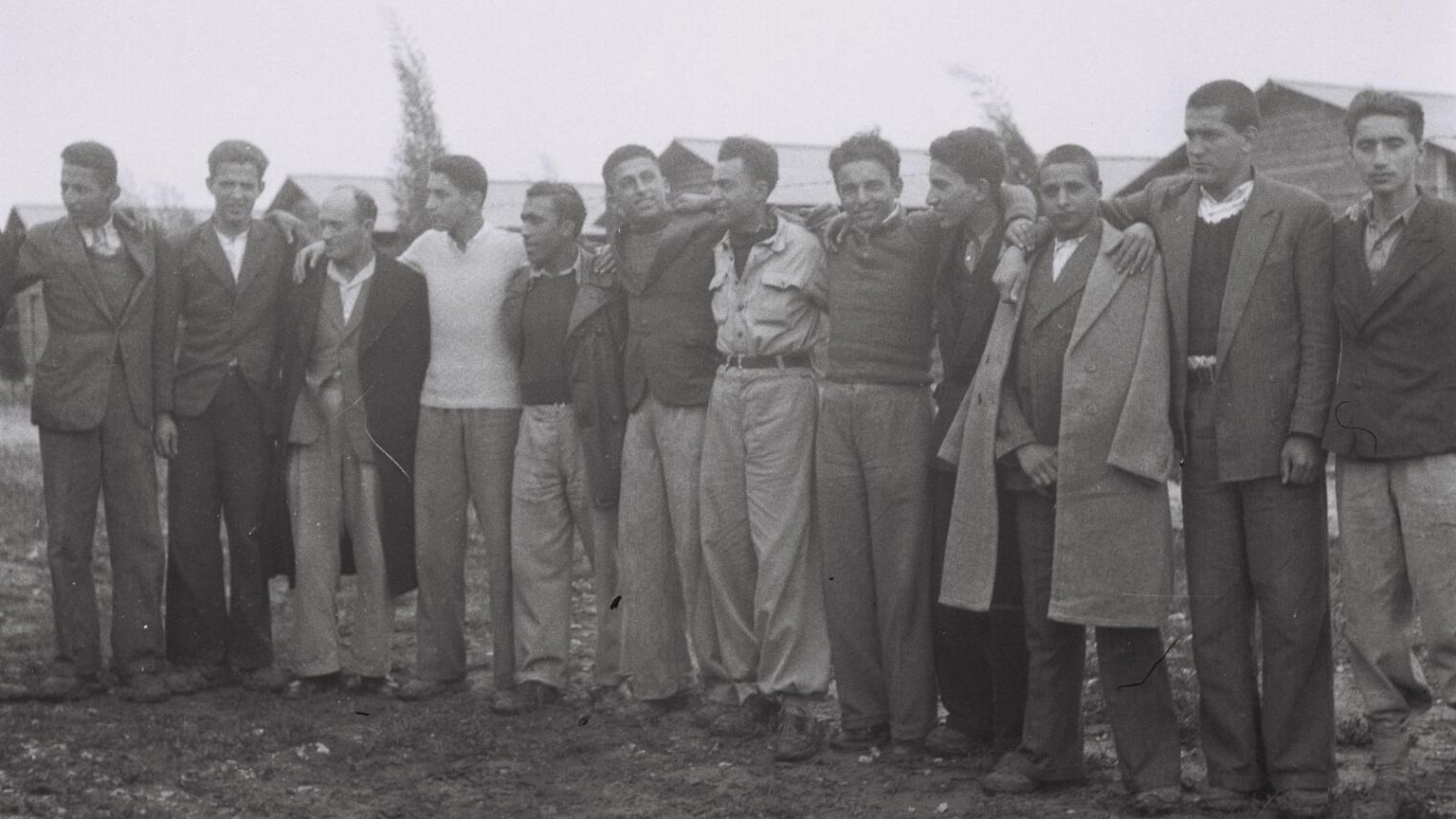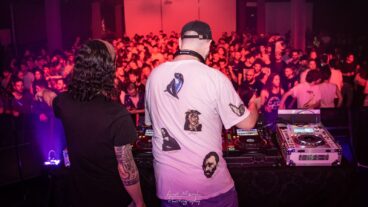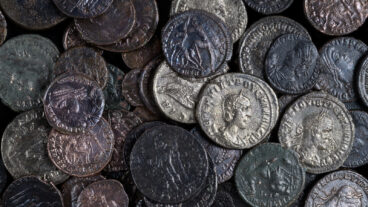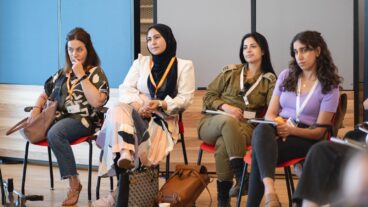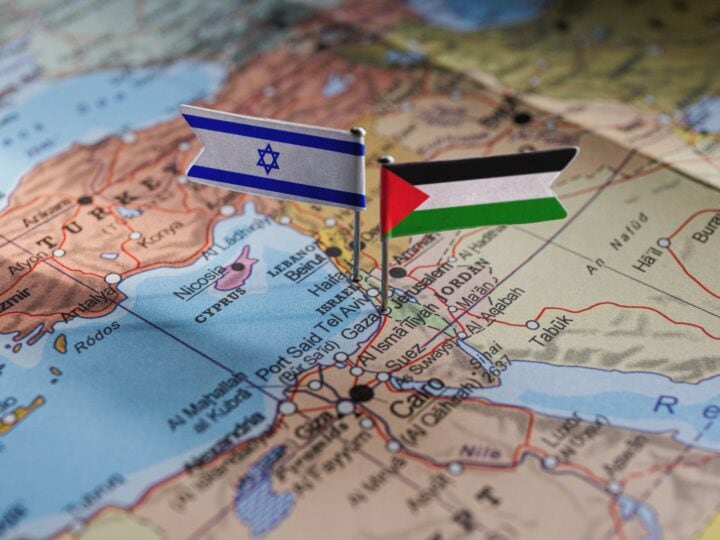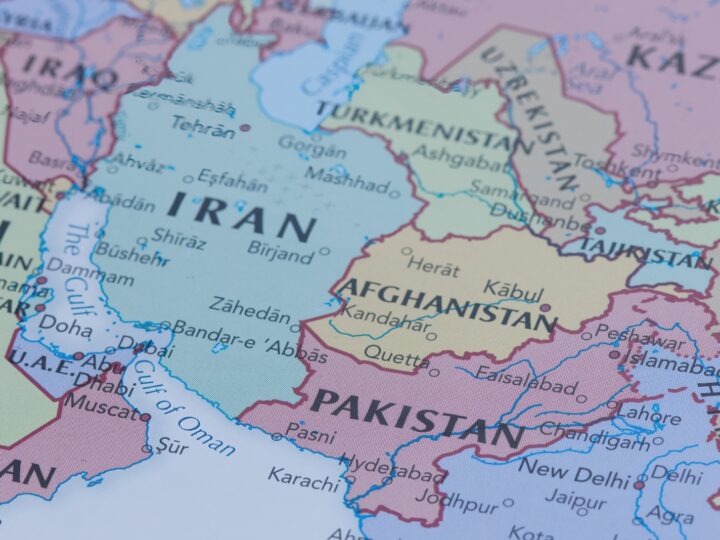Following the news, it might appear that Iran’s main connection to Israel is its recent missile attack and ongoing involvement in the Israel-Hamas war. But that’s far from true.
Not only do Israel and Iran share a fascinating history, but Israel has also been home to a lively Iranian Jewish community for the last 140 years.
“Iranian Jewry is an exceptional Jewry because it is the most veteran exiled Jewish community, dating back 2,600 to 2,700 years ago,” explains Prof. David Menashri, professor emeritus at Tel Aviv University and founding director of the university’s Alliance Center for Iranian Studies.
“Since then, there’s always been a Jewish presence in Iran,” says Menashri, who was born in 1944 and emigrated from Tehran as a child.
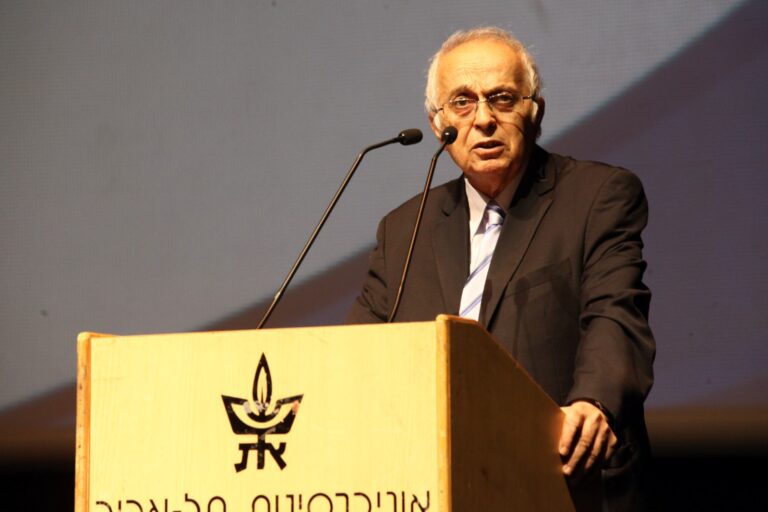
“Naturally, sometimes their condition was better and sometimes less so, and throughout the years there was always a stream of Iranian Jews who came here, usually on pilgrimage to Jerusalem.”
Three waves
Iranian immigration to Israel took place in three main waves.
The first began in 1881, and its motivation was religious – the immigrants came to the ancient Jewish cities of Jerusalem, Tiberias, Safed and Hebron after making their way to the Land of Israel via arduous and lengthy journeys.
The penniless newcomers weren’t warmly welcomed by the local Jews because they were neither of Ashkenazi European nor Sephardi Middle Eastern origin and didn’t speak Arabic, Yiddish or Ladino. Many of the new arrivals became peddlers, and in some cases even beggars.
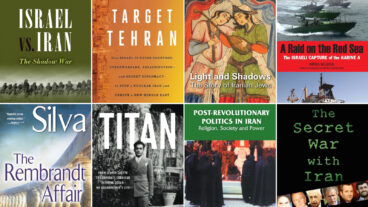
In what possibly constituted one of the weirdest nights in the country’s history, Israel faced a massive UAV and missile attack launched by Iran on the night of April 13.
With millions of people awake in the middle of the night, watching the skies or their TVs, it was a historic event that was thankfully thwarted in a most magnificent manner.
One of the most famous Iranian families that came in that immigration wave is the Banai family, whose extensive members have since shaped Israeli music and theater.
As their family name suggests, the Banais were builders back in Iran, and continued doing so upon arrival in Jerusalem, constructing the first neighborhoods outside the Old City walls.
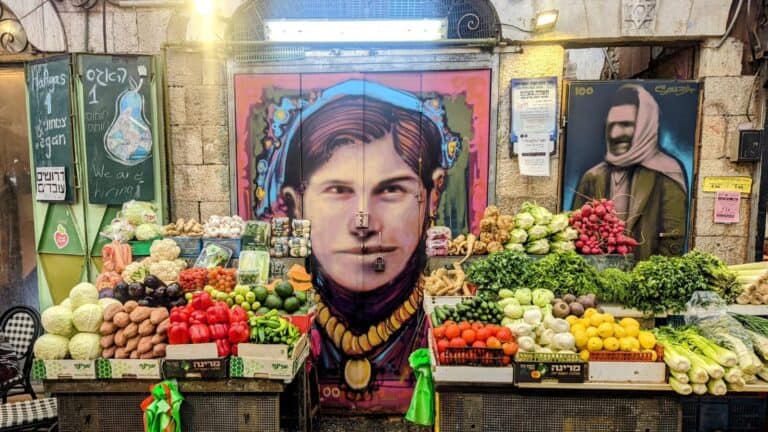
The next wave of immigration began with Israel’s establishment in 1948. Over the next 30 years, but mostly at the beginning of that time period, some 60,000 Iranian Jews arrived.
Unlike Jews from Egypt or Iraq, they weren’t expelled from their home countries, and often traveled back and forth, maintaining ties with relatives and friends back in Iran.
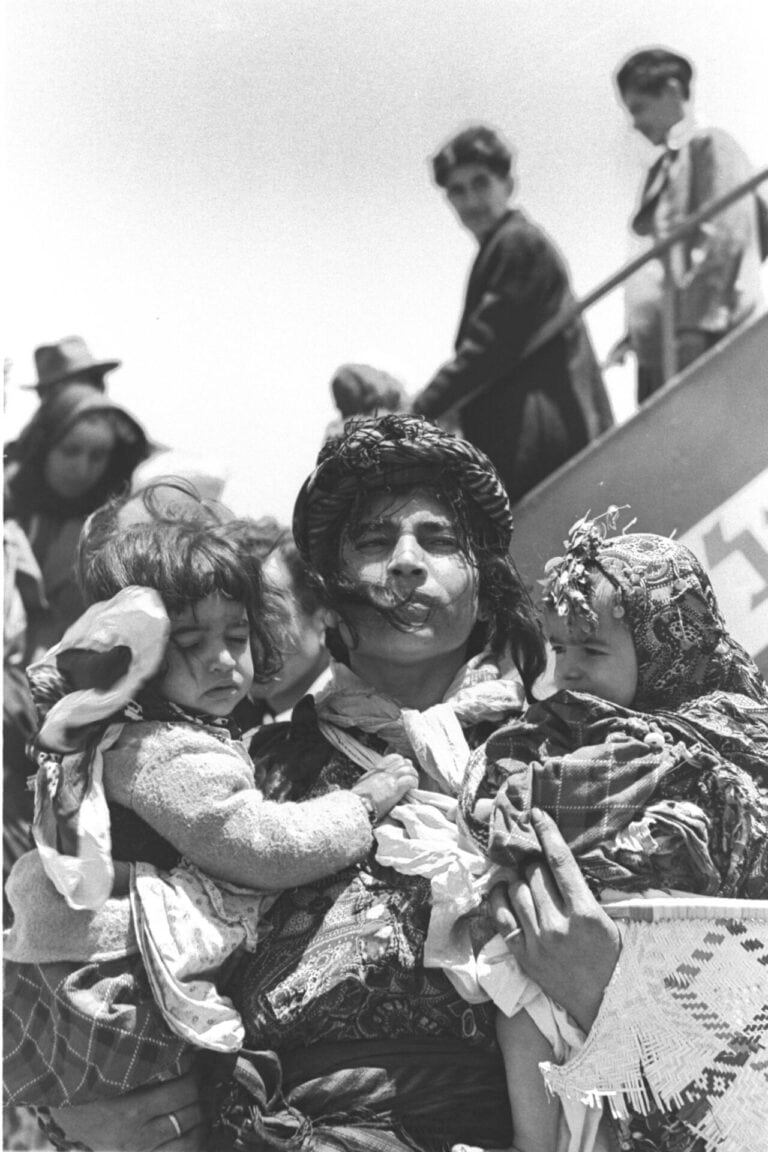
Also, they immigrated in nuclear family groups and settled mostly in large cities across Israel, rather than larger extended families being settled together by the state in a smaller number of predetermined places, as in the case of Jewish communities from North Africa. As a result, Menashri notes, it was easier for them to integrate into Israeli society.
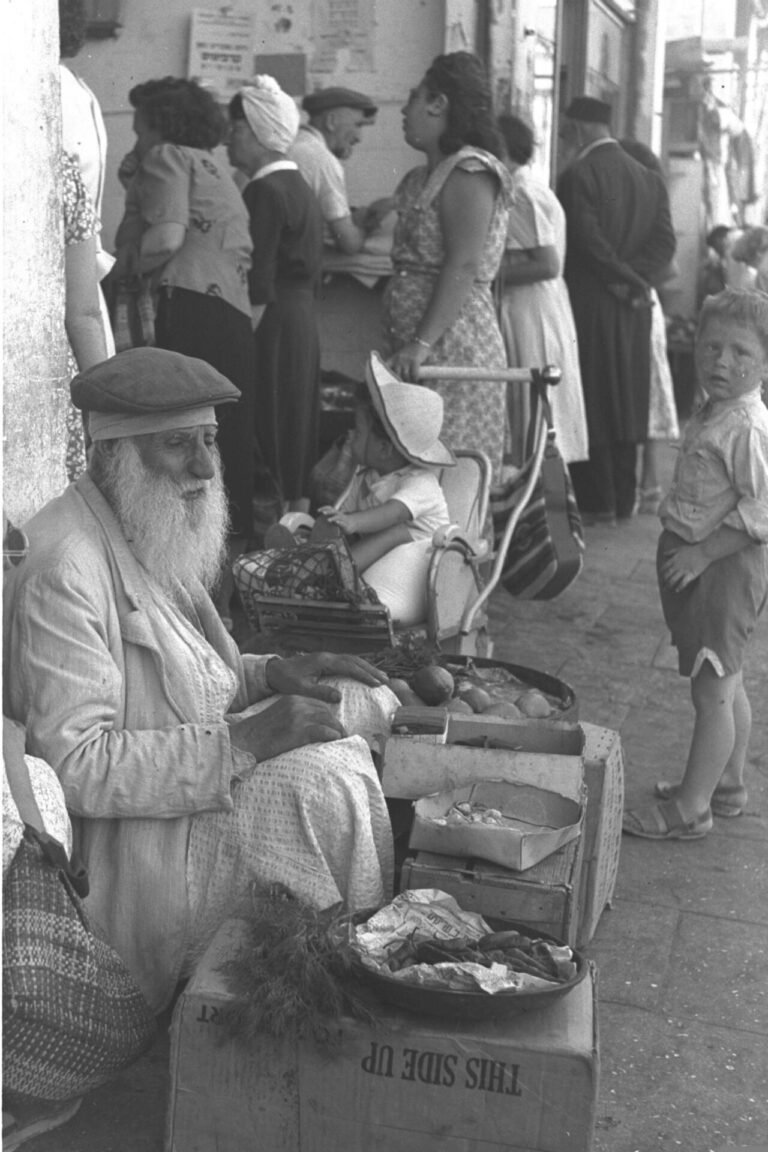
The 1960s and 1970s didn’t see large numbers of Iranian Jews arrive in Israel, because at the time the Jewish community of Iran fared well under the Shah. Things changed when the Islamic Revolution occurred, and the third wave of immigration started in 1979.
The revolution
“When the revolution broke out, what was previously considered good was now considered bad. Israel, which was a friend of Iran, became the nemesis of the revolution,” Menashri explains.
On the eve of the revolution, there were around 90,000 Jews in Iran. Nowadays there are 10,000.
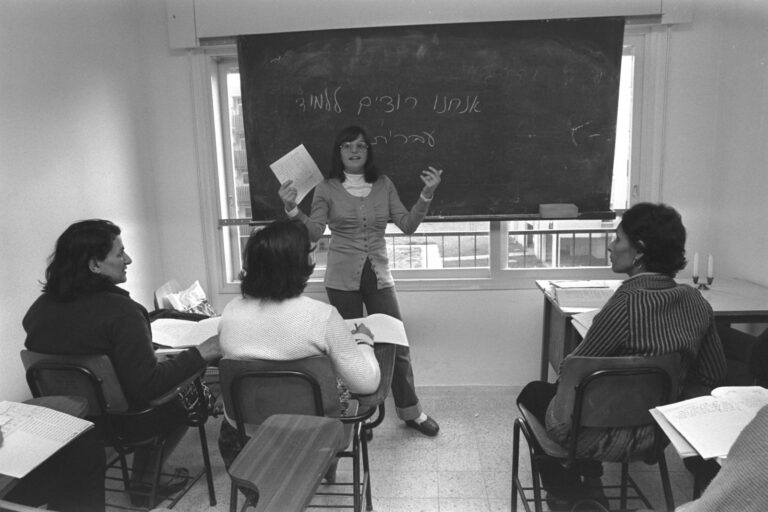
“People were being executed in Iran for being Jewish, and Jews immigrated to Israel via the Kurdish mountains, others through Pakistan. Some crossed the snowy mountains to Turkey and arrived in Israel. These are all difficult and amazing stories,” he says.
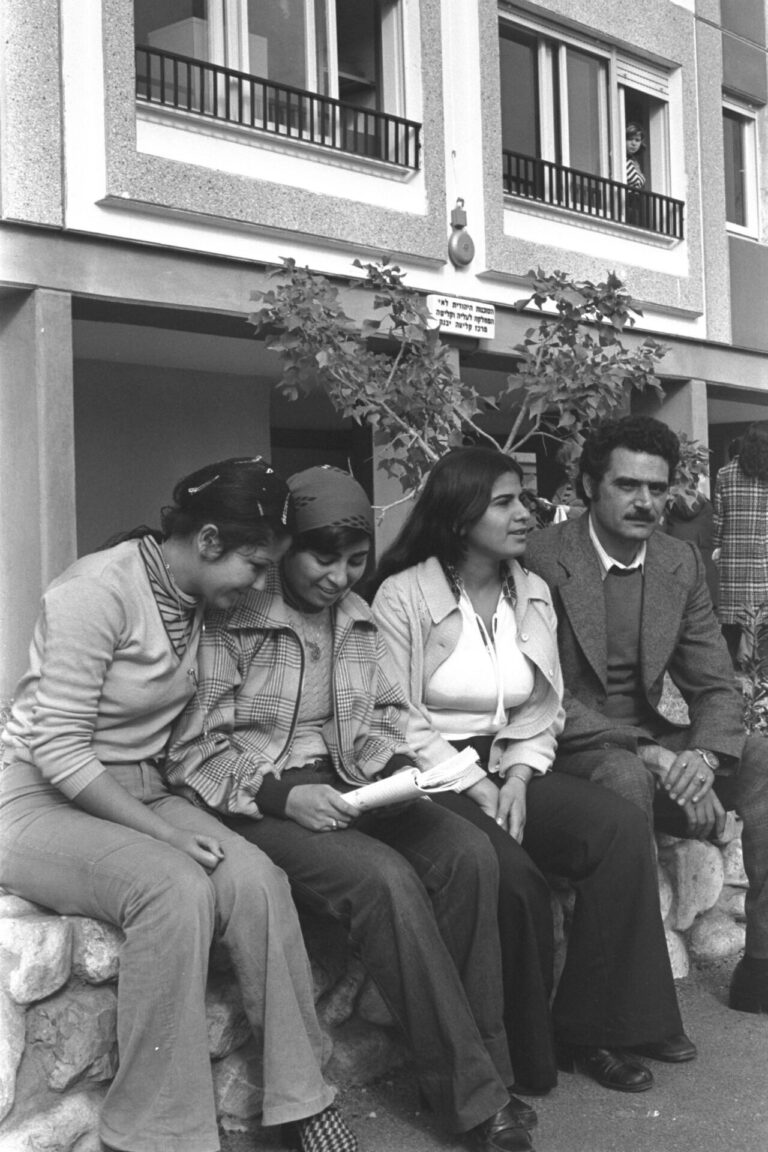
Menashri notes that only a third of the Jews who left Iran since 1948 made it to Israel. The majority went to the United States, Britain and elsewhere in Europe.
A major difference between the Iranian Jewish communities abroad and in Israel is language. In Israel, he says, hardly any second- or third-generation Iranian Jews speak Farsi (Persian). Elsewhere, many do.
“They don’t know how to read or write Farsi, but they can speak it,” he explains. “For Persian Jewish exiles in the diaspora, the language guards their Persian-ness and their Jewishness. When you speak Farsi, you keep in touch with being Persian and you don’t assimilate.”
Liora Hendelman-Baavur, a senior researcher at the Alliance Center for Iranian Studies, explains why this happened.

“The first waves of immigration felt the need to incorporate themselves in Israeli society and adopt the local culture while erasing or repressing their original culture. So, from these first waves, we can see families in which the children and the grandchildren don’t speak Persian, can’t read or write it, and the connection to the culture is almost gone.
“In later waves, you can see that the culture was better safeguarded, and this comes across in knowledge of the [Persian] language, in cuisine and in proverbs used.”
Now Persian is cool
Israel became a more multicultural society in the 1990s, Hendelman-Baavur adds. A search for authenticity led to people identifying with the heritage of their families.
Also, after decades of a negative Israeli perception of Persian Jews that stemmed from problematic stereotyping of them in Israeli cinema, they began being viewed more positively. Evidence of this, she notes, can be found in the popularity of hit TV show Tehran.
“The TV show Tehran was aired on prime time and large parts of it are in Persian. The acceptance of Persian on prime-time television demonstrates this vivid change. People were fine with hearing Persian on TV,” she notes.
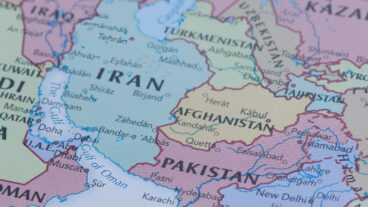
For the millions of Israelis who took shelter against Iran’s massive attack on April 14, it’s probably incomprehensible that once upon a time, El Al ran a daily flight from Tel Aviv to Tehran. But that used to be the case, before ties between Iran and Israel took a sour turn.
To make sense of these tumultuous relations, ISRAEL21c spoke with Prof. David Menashri, professor emeritus at Tel Aviv University and a leading Israeli scholar on Iran.
“I’m now being approached by parents who want their children to learn Persian during high school or in higher education, and also the adult population is exhibiting its interest in getting to know Iranian history and culture better.”
She views this as a positive change.
“If in the past, saying that you’re Persian would have been embarrassing, now people are in a whole different place.”
Aside from the Banai family, Israelis of Iranian background famous in Israeli culture include Rita Jahan-Farouz; and her niece, actress and singer Liraz Charhi, who participated in Tehran and has an international following, including of Iranians, after she released two albums in Persian.
Israel’s nemesis
However, what most Israelis are interested in understanding about Iran is why it is Israel’s nemesis.
You can’t open a paper these days without reading something about Iran’s nefarious intentions regarding Israel.
“In the last 20 or so years, the conflict that’s evolved between Israel and Iran has raised the profile of the Iranian community in Israel, and it’s something that they find themselves facing more than they did. Those with knowledge of Iran now find themselves being asked to explain things, what the Iranians think and what motivates them,” Hendelman-Baavur says.
Menashri recently published a comprehensive book in Hebrew on the history of the Iranian community in Israel, detailing its origins, immigration, and life in Israel. Hendelman-Baavur was a contributor.
“We’re at a time when those who remember Iran and immigrating from it in the previous waves of immigration are dying out,” Menashri concludes.
“What both bothers me and comforts me is that Iran is being emptied of its Jews. There’s no future for Jews in Iran. Those who left Iran, the sooner they did it, the better,” he adds.
“That’s why it was important to publish this book, which tells the historical, academic story of the immigration and the immersion here, but also puts a human face on this story. It relates to the people, the women and men, who were involved, and through them this journey and absorption in Israel can be told.”




